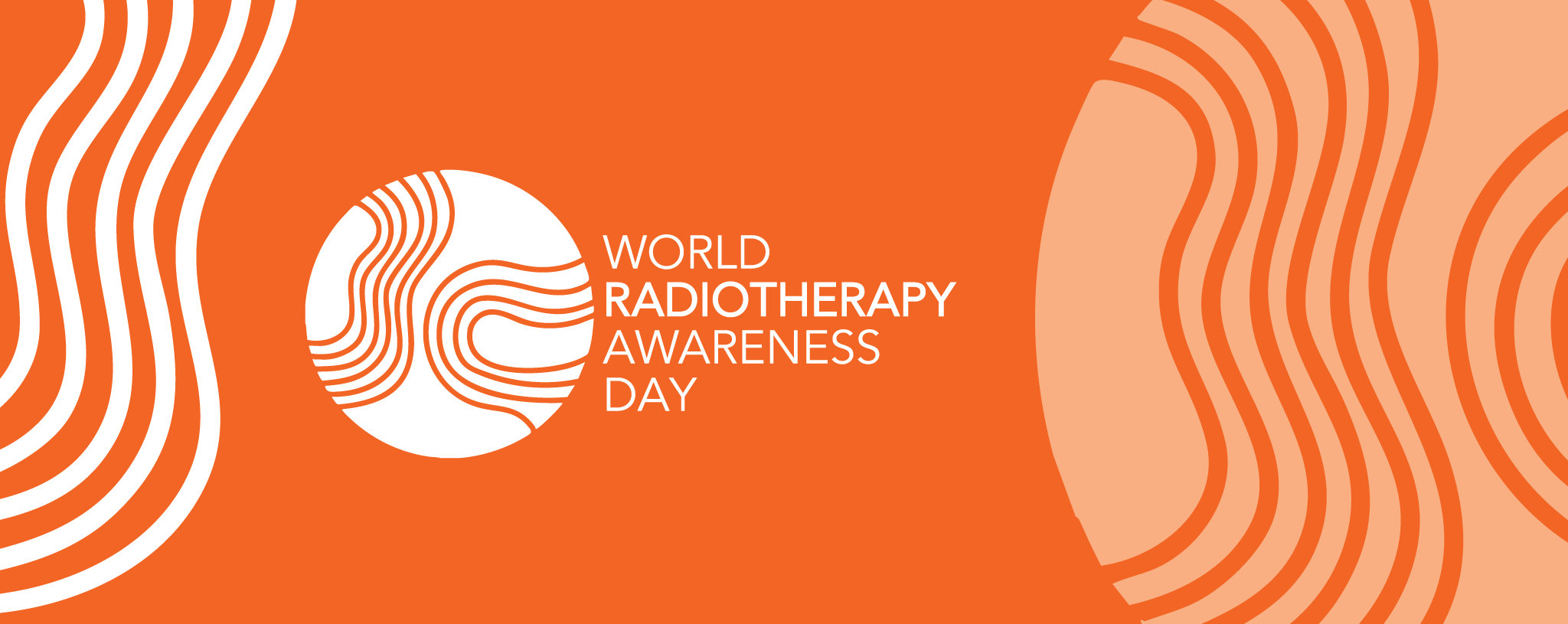Introducing World Radiotherapy Awareness Day (WRAD)
Across the globe the number of cancer diagnoses is increasing, leading to a growing demand for radiotherapy. An estimated 10 million new patients required radiotherapy in 2022, projected to rise to 21 million by 2050.1
The radiotherapy workforce will need to significantly grow to support this projected need, with estimations indicating a requirement for an additional:1
- 84,000 radiation oncologists
- 47,000 medical physicists
- 141,000 radiation therapists
WRAD was born from the growing recognition that radiotherapy is one of the most effective yet underutilised cancer treatments worldwide.2,3
This inaugural World Radiotherapy Awareness Day we chat with Associate Professor Lucinda Morris, Radiation Oncologist.
Associate Professor Morris is a radiation oncologist passionate about improving outcomes for people living with cancer worldwide. As founding co-chair of the Targeting Cancer campaign, she is motivated to continue raising awareness and improving patient access to radiotherapy through the global WRAD Committee.
Can you tell us the story behind how WRAD came to be?
World Radiotherapy Awareness Day was born from the growing recognition that radiotherapy is one of the most effective yet underutilised cancer treatments worldwide.2,3
For example, here in In Australia, it is estimated that one out of every five cancer patients who should receive radiotherapy in line with best practice care do not receive it. It is estimated that 62% of eligible prostate cancer patients and 48% of eligible lung cancer patients, do not receive radiotherapy.2,3
Led by our fearless WRAD Committee Chairs, Prof Sandra Turner and Dr Katie Wakeham, we are a group of radiation and clinical oncology professionals, patients, and campaigners who are dedicated to launching this historic day for everyone.
Why is WRAD important, and what specific issues or challenges is it aiming to highlight?
WRAD is incredibly important because radiation therapy remains undervalued, underfunded, and poorly understood by both the public and health professionals. The day highlights the critical challenges our sector faces, including limited access in low- and middle-income countries, workforce shortages, and persistent myths and misconceptions about radiotherapy. It’s about sparking conversations and driving change so more people living with cancer can receive the treatment they deserve.
WRAD objectives
- Raise awareness about the role of radiotherapy for cancer treatment
- Highlight the need to improve access to radiotherapy globally
- Educate healthcare professionals, patients, and policymakers about the importance of radiotherapy
- Recognise the importance of the radiotherapy professions, including the need for an adequate and skilled workforce
What is the significance behind choosing September 7 as the date for WRAD?
September 7 marks the anniversary of the first patient ever treated on a modern linear accelerator in 1953 at Hammersmith Hospital in London, a young boy with retinoblastoma. This milestone represents the beginning of the era of precision radiotherapy. It’s a fitting date to celebrate and advocate for the critical role that radiotherapy plays in cancer treatment.
Why was it important to launch WRAD as a global initiative rather than a local or national one?
Cancer is a global challenge, as are the inequities in access to radiotherapy.2 No matter where we live, all of us in the radiation oncology community see these issues impacting people with cancer every day. By uniting globally, we send the message that this is a worldwide priority.
What are some meaningful ways individuals or communities can take part in WRAD and help raise awareness?
There are so many ways to get involved and every little bit helps! Firstly, visit our website, www.worldradiotherapy.org where you can sign up to stay up-to-date on the campaign and events near you.
In the lead up to September 7, departments can host a coffee or tea break and invite colleagues from across the hospital, ideally with (tasty) snacks and treats that can even be radiotherapy themed. Staff can also spark curiosity by wearing something orange or running a ‘Best Orange Outfit’ contest. The WRAD website has a full toolkit of posters, bunting, invitations, and fact cards to make it easy for everyone to get involved - visit it to download resources and plan your own event.
We also would for everyone to amplify WRAD content on social media by liking, sharing, and following WRAD. Every voice counts in helping raise awareness of this evidence-based treatment.
What impact do you hope WRAD will have in its first year, and in the long term?
In our first year, I hope WRAD is embraced and supported by our amazing global radiation oncology community and cancer communities.
Long term, my hope is that WRAD becomes a permanent day in everyone’s calendar! And most of all, that it leads to real change in terms of improved awareness, investment and access to radiotherapy so no one living with cancer misses out on this treatment.
More about Radiotherapy
Visit our Radiation Therapy pages for more information about this treatment
- Zhu, H., Chua, M. L. K., Chitapanarux, I., Kaidar-Person, O., Mwaba, C., Alghamdi, M., ... & Abdel-Wahab, M. (2024). Global radiotherapy demands and corresponding radiotherapy-professional workforce requirements in 2022 and predicted to 2050: a population-based study. The Lancet Global Health, 12(12), e1945-e1953.
- EvoHealth. (2022). Shining a light: Radiotherapy cancer treatment in Australia. Evohealth white paper. (accessed August 2025).
- Radiation Oncology Access Coalition. (n.d.) Role of Radiation Therapy (accessed August 2025).





